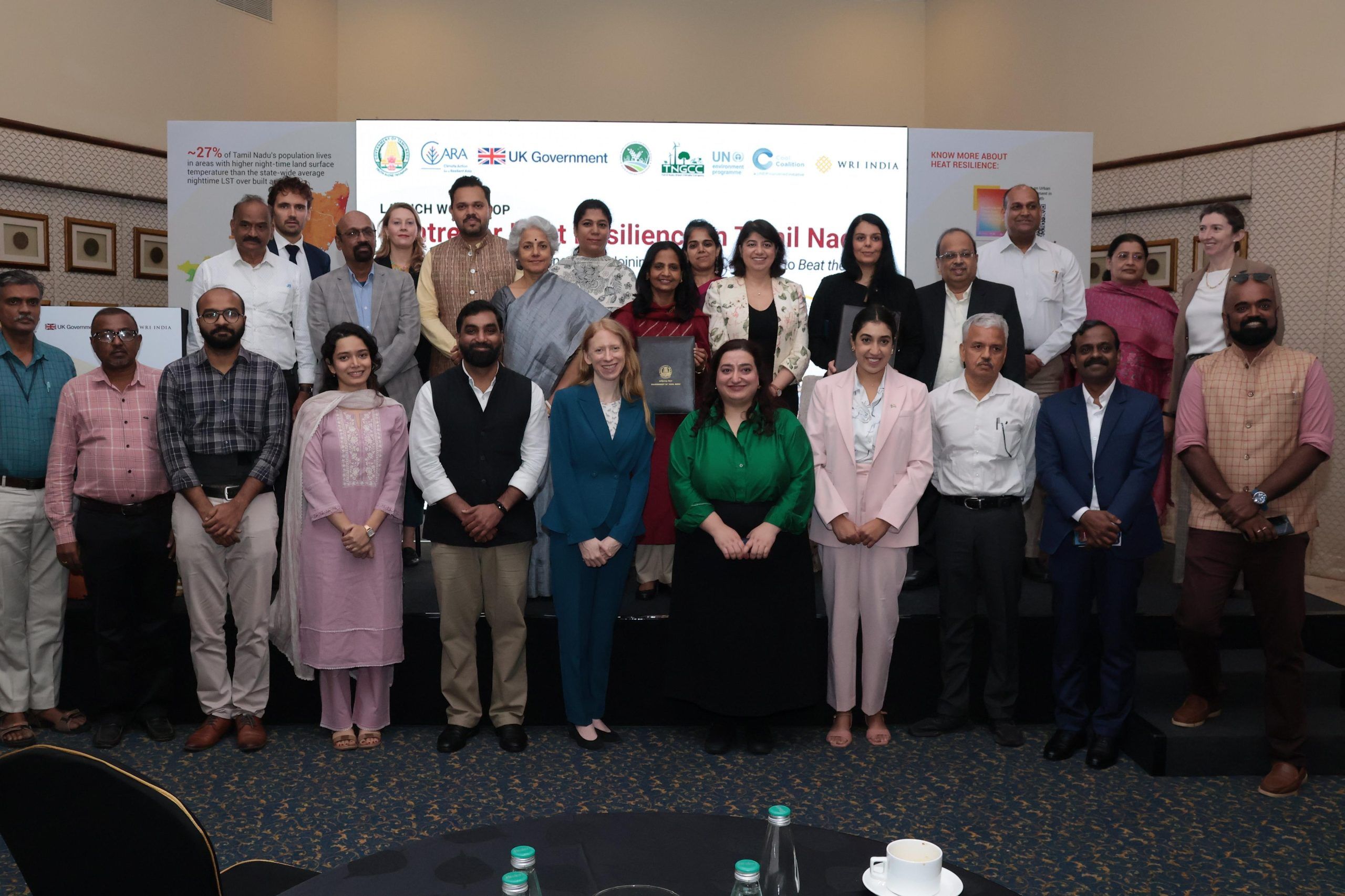 29 September 2021- On behalt of Mr. Bob Natifu, Ag. Commissioner, Climate Change Department
29 September 2021- On behalt of Mr. Bob Natifu, Ag. Commissioner, Climate Change Department
The organizing partners – UNFCCC, UN ECA, AUC and UNEP
Distinguished delegates, Participants,
I wish to thank you for the invitation to this event on sustainable energy in Africa under the theme ‘Seizing Transformative Opportunities’, particularly, the session on capacity skills development and technology transfer for sustainable energy.
The Government of Uganda prioritizes energy so much and in 2018; government launched the Electricity Connection Policy, a free electricity connection policy, envisaged to have 60% of Ugandan households connected to electricity by 2027.
The third National Development Plan FY 2020/21 – 2024/25, the country’s blue print for development planning, underscores the country’s development strategy among others on increasing access to stable, reliable and affordable energy. The sustainable energy programme is set to drive the aforementioned strategy whose goal is to increase access and consumption of clean energy to enhance production.
However, the situation is not all that good, the high cost of energy has affected agro-industrialization and thus making the food system prone to challenges
The food system faces a number of challenges, e.g. smallholder dominated production, over-reliance on rain-fed agriculture, fake and low quality of agro-inputs, inadequate access to core transport infrastructure, technology, and energy/power, among others
During the recently concluded national dialogues facilitated by the Office of the Prime Minister (OPM), the National Planning Authority (NPA) and the Ministry of Agriculture, Animal Industry and Fisheries (MAAIF) that led to the UN Food Systems Summit, it was observed that food loss was on the rise.
The food loss was attributed to largely due to poor post-harvest handling leading to up to 30-40% food loss in grains and 30-80% for vegetables and fruits,In beans, up to 15% of losses occur at the farm level and 10% losses at the marketing level.
The dialogues noted that the country was losing a lot of revenue and missing out on the food export market due to poor post-harvest handling
The dialogues also underscored the need for capacity improvement in food safety and quality assurance to propel the country to gain competitive advantages in the export market
It should be noted that limited cold chain systems is one of the factors leading to post-harvest losses especially for perishable food and fish supply chain. Taking for example, the fish supply chain, despite fishing from Lake Victoria, Africa’s largest lake, the fish is not often cooled due to lack of large-scale fish storage or freezing facilities, thus resulting into high post-harvest fish loss.
However, the dairy industry is promising, since the industry has invested heavily in well-functioning milk cold chains and storage facilities. Thus it continues to survive disruptions due to its ability to build effective cold chains.
It is critical to reinforce the extension of cold chain management systems.
I therefore reiterate one of the recommendations of the National Dialogue on Food Systems Summit i.e. to ensure access to affordable cold chain technology in food markets to reduce food loss.
Thank you for your attention.



